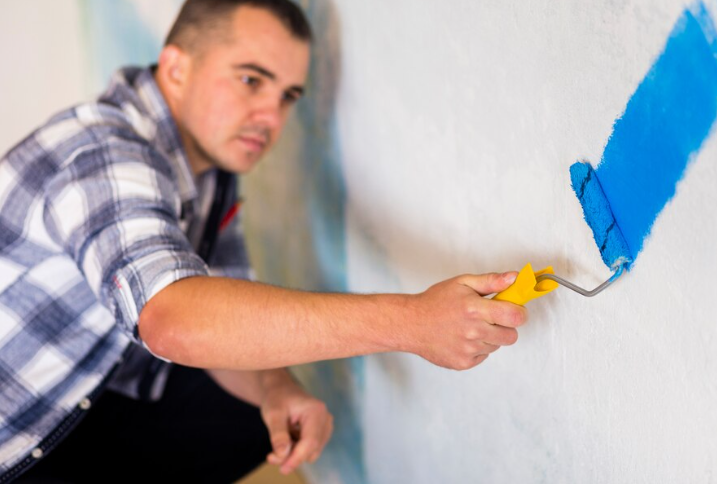From insulating against the elements to preventing water damage, every little bit counts. Enter house caulking – a simple yet effective technique that can make a world of difference in protecting your home. In this blog, we’ll explore the importance of house caulking, its benefits, and how this seemingly small task can have a big impact on the health and longevity of your home.
What is House Caulking?
House caulking, often referred to simply as caulking, is the process of sealing gaps, cracks, and joints around windows, doors, siding, and other areas of your home. Caulk, a flexible material typically made from silicone or latex, is applied to these areas to create a watertight seal, preventing air and moisture from infiltrating your home.
The Importance of House Caulking
House caulking plays a crucial role in maintaining the integrity of your home and protecting it from various threats. Here are some reasons why house caulking is important:
- Weatherproofing: Caulking seals gaps and cracks, preventing drafts and air leaks that can lead to energy loss and higher utility bills. By creating a barrier against the elements, caulking helps keep your home comfortable year-round.
- Water Damage Prevention: Water infiltration through gaps and cracks can cause extensive damage to your home’s structure, leading to rot, mold, and costly repairs. Caulking seals out moisture, reducing the risk of water damage and prolonging the lifespan of your home.
- Pest Control: Small gaps and cracks provide entry points for pests such as insects and rodents. Caulking seals off these access points, helping to keep unwanted visitors out of your home and preserving its cleanliness and hygiene.
- Enhanced Energy Efficiency: By sealing air leaks and improving insulation, caulking helps reduce heat loss in the winter and heat gain in the summer. This translates to lower energy consumption and utility costs, making caulking a cost-effective way to improve energy efficiency.
Benefits of House Caulking
The benefits of house caulking extend far beyond protection against the elements. Here are some additional advantages:
- Improved Indoor Air Quality: By sealing gaps and cracks, caulking helps prevent outdoor pollutants such as pollen, dust, and pollutants from entering your home, leading to better indoor air quality and a healthier living environment.
- Enhanced Comfort: A well-sealed home is more comfortable to live in, with fewer drafts and temperature fluctuations. Caulking helps maintain consistent indoor temperatures, ensuring greater comfort for you and your family.
- Increased Property Value: Proper maintenance, including regular caulking, can increase the value of your home and make it more attractive to potential buyers. A well-maintained home with proper sealing is less likely to have issues such as water damage or energy inefficiency, making it a more desirable investment.
- Long-Term Savings: While caulking is a relatively inexpensive maintenance task, its long-term benefits can lead to significant savings on energy bills, repairs, and pest control. Investing in regular caulking can help you avoid costly issues down the road and protect your home’s value.
Conclusion
House caulking may seem like a small and simple task, but its impact on your home’s health and longevity cannot be overstated. By sealing gaps and cracks, caulking helps protect your home from the elements, prevent water damage, improve energy efficiency, and enhance indoor comfort. Whether you’re a seasoned homeowner or a first-time buyer, investing in regular caulking is a smart decision that will pay off in the long run. So, grab your caulking gun and seal the deal – your home will thank you for it!







